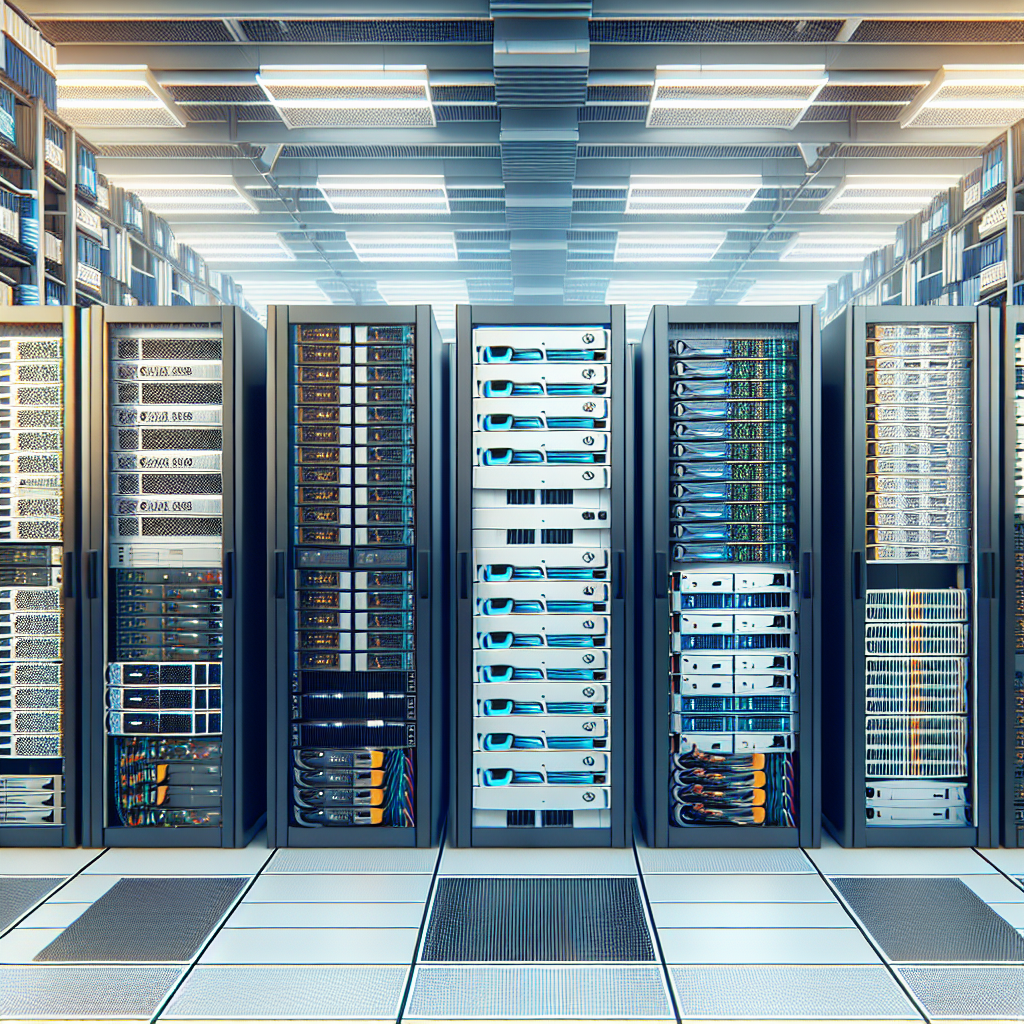Fix today. Protect forever.
Secure your devices with the #1 malware removal and protection software
Data centers play a crucial role in the functioning of businesses and organizations today. These facilities house the servers and other hardware necessary to store, manage, and process data for a wide range of applications. One of the key components of any data center is the server, which acts as the central hub for processing and storing data.
There are several different types of servers that can be found in a data center, each with its own unique features and capabilities. Understanding the different types of servers can help businesses and organizations make informed decisions when it comes to building and maintaining their data center infrastructure. In this comprehensive guide, we will explore the various types of servers commonly found in data centers and discuss their key characteristics.
1. Rack Servers: Rack servers are the most common type of server found in data centers. These servers are designed to be mounted in standard server racks, which allow for easy installation and maintenance. Rack servers are typically used for general-purpose computing tasks and can be easily scaled to accommodate growing data center needs.
2. Blade Servers: Blade servers are a type of server that is designed to be more compact and energy-efficient than traditional rack servers. Blade servers are typically housed in a chassis that can hold multiple server blades, allowing for high-density computing in a smaller footprint. Blade servers are often used in high-performance computing environments where space and power are at a premium.
3. Tower Servers: Tower servers are standalone servers that are housed in a tower-style enclosure. These servers are typically used in smaller data center environments or in remote office locations where space is limited. Tower servers are easy to set up and maintain, making them a popular choice for small businesses and branch offices.
4. Microservers: Microservers are a relatively new type of server that is designed for low-power, lightweight computing tasks. These servers are typically used for tasks such as web hosting, content delivery, and edge computing. Microservers are highly scalable and can be easily clustered together to create a high-performance computing environment.
5. Mainframe Servers: Mainframe servers are large, powerful servers that are used for mission-critical computing tasks. These servers are typically used in large enterprises and government organizations that require high levels of reliability and security. Mainframe servers are designed to handle massive workloads and can support hundreds or even thousands of users simultaneously.
6. Virtualized Servers: Virtualized servers are servers that have been partitioned into multiple virtual machines, each running its own operating system and applications. Virtualization allows for greater flexibility and efficiency in data center management, as multiple virtual servers can run on a single physical server. Virtualized servers are commonly used in cloud computing environments and for consolidating data center resources.
In conclusion, understanding the different types of servers found in data centers is essential for businesses and organizations looking to build and maintain a robust IT infrastructure. By choosing the right type of server for their needs, businesses can ensure that their data center operates efficiently and effectively. Whether it’s rack servers, blade servers, tower servers, microservers, mainframe servers, or virtualized servers, each type of server has its own unique strengths and capabilities that can help businesses achieve their data center goals.
Fix today. Protect forever.
Secure your devices with the #1 malware removal and protection software

Leave a Reply
You must be logged in to post a comment.